2 Times Table
Mastering the 2 times table is an essential first step in learning multiplication because it helps students better understand numbers and their relationships. Practicing this skill will give students the confidence to tackle more complex concepts.

Author
Katie Wickliff
Published:
April 2025
Key takeaways
- • Students should learn the 2 times table first because they will already be familiar with skip counting and doubling.
- • Rote memorization works for some kids, but many benefit from using different strategies and games to learn their multiplication facts.
- • Encouraging your child to practice their 2 times table at home will help build skills and confidence.
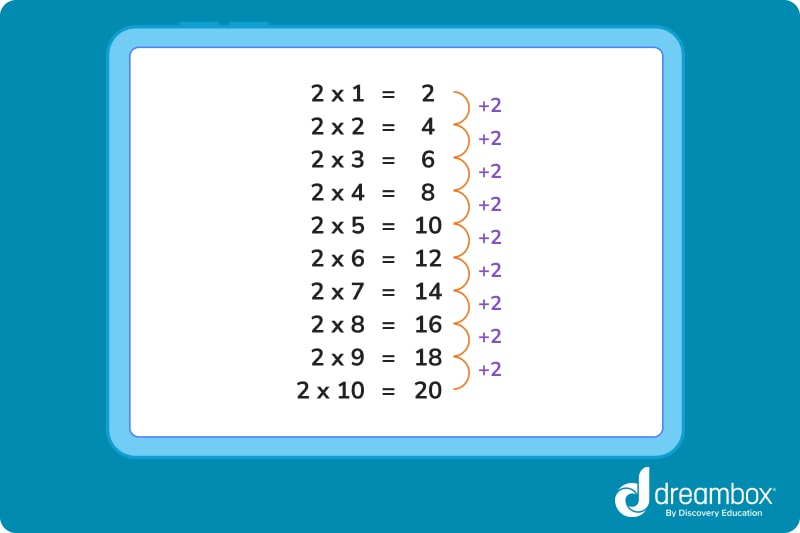
How to learn your 2 times table
Depending on your child’s early experience with math, learning their multiplication facts might seem like a daunting challenge or an exciting adventure. No matter which camp your child falls into–or whether they’re somewhere in between–mastering multiplication facts builds the foundation for future math success.
Many people don’t realize that there is a correct order for teaching times tables—and educators agree that some facts are easier to remember than others and should be taught earlier. Students will have already learned how to double numbers, and multiplying by two is doing just that. Being familiar with the concept of doubling numbers will help them envision what multiplication actually is: repeated addition. In other words, learning the 2 time table means starting with the number 2 and then adding 2 each time to get the next number in the table.
Table of contents
Strengthen your math skills with DreamBox
Turn math into playtime with DreamBox Math
DREAMBOX MATH
Get started for FREE today!
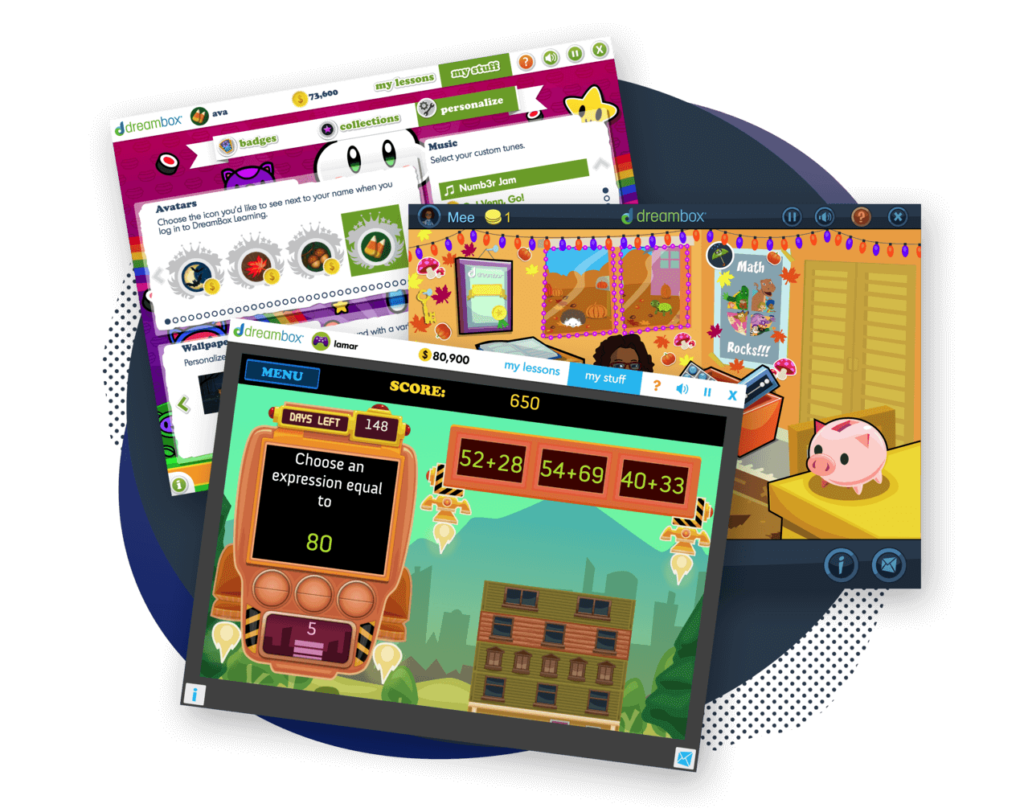
Tips on learning your 2 times tables
While some children may be able to memorize the 2 times table through rote memorization–repeating the information over and over–most children will benefit from using different strategies to learn multiplication facts. Here are some unique tips for learning how to multiply by 2!
- Double the Number: show your child how multiplying by 2 is the same as doubling the number. For example, 2×3 is the same as 2+2+2.
- Make it Less Overwhelming: Use drawings to show groups, helping your child see that 2×4 is the same as 4×2! When its time to learn other times tables, they’ll already know at least one fact, which will help them build confidence.
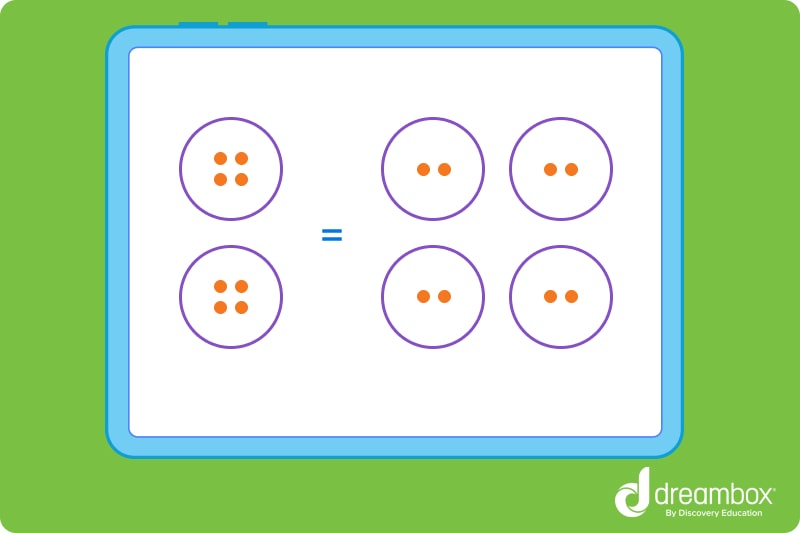
- Notice the Patterns: In addition to doubling, show your child other unique patterns. For example, every product (answer) to a fact in the 2 times table is an even number. (2, 4, 6, 8, 10) Students can think of it as each number having a “partner.” Learning this will help reinforce pairing in multiplication, even when learning their 2 times table up to 100.
- Play Fun Games: Using games is a fantastic way to help your child learn multiplication. Use chalk to draw a hopscotch grid, ask a question from the 2 times table, and have your child hop to the answer. Learning through movement is a great way to solidify their knowledge of multiplication facts. Also, online math games and programs, such as Dreambox, make math practice an interactive and fun learning experience.
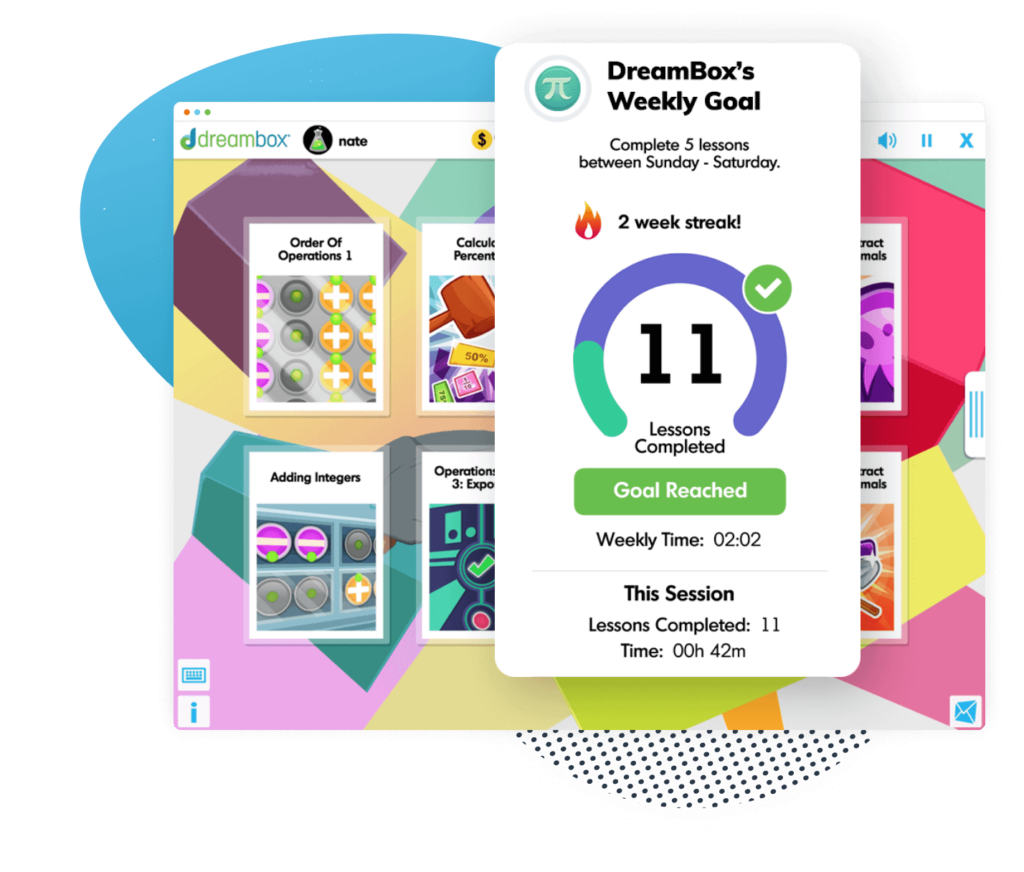
The math program that drives results
Get started today!
DreamBox adapts to your child’s level and learning needs, ensuring they are appropriately challenged and get confidence-building wins.
Practice problems
Students learn best when given a variety of options to help learn their multiplication facts. Here are some great 2 times table practice problems for kids.
Question 1: What does the picture show?
A. 2×4=8
B. 3×2=6
C. 2×2=4
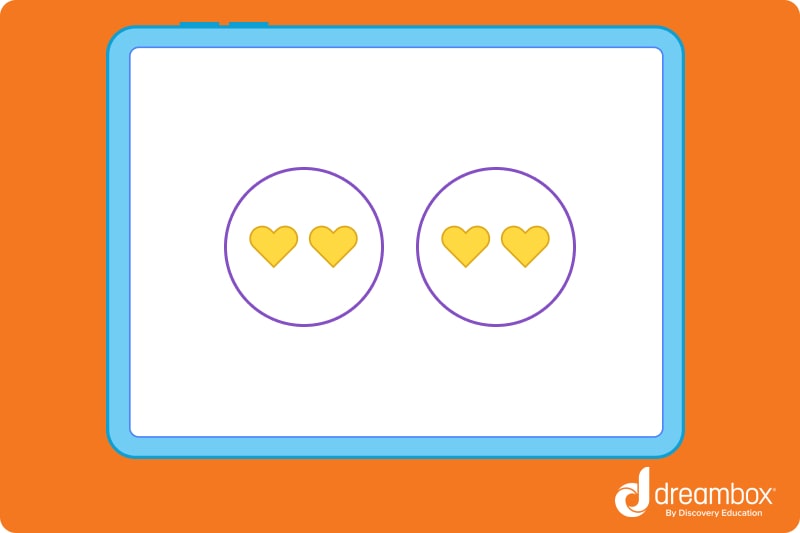
Answer: C
Question 2: What does the picture show?
A. 2×5=10
B. 2×1=2
C. 2×6=12

Answer: A
Question 3: Fill in the blank. Use your chart to help find the correct answer!
2×8=_______
A. 20
B. 16
C. 15
Answer: B
Question 4: Fill in the blank. Use your chart to help find the correct answer!
2x_____=18
A. 4
B. 8
C. 9
Answer: C
Question 5: Fill in the blank. Use your chart to help find the correct answer!
2x___=14
A. 5
B. 7
C. 9
Answer: B
Question 6: Which problem shows 2×6=12
A. 2+2+2+2
B. 2+2
C. 2+2+2+2+2+2
Answer: C
Question 7: Which problem shows 2×2=4
A. 2+2
B. 2+2+2+2
C. 2+2+2
Answer: A
Question 8: Which problem shows 2×1=2
A. 2+2+2+2+2
B. 2
C. 2×2
Answer: B
Question 9: Fill in the blanks
______ rows of _______
_______ x_______=________

Answer:
2 rows of 3
2 x 3 = 6
Question 10: Fill in the blanks
______ rows of _______
_______ x_______=________
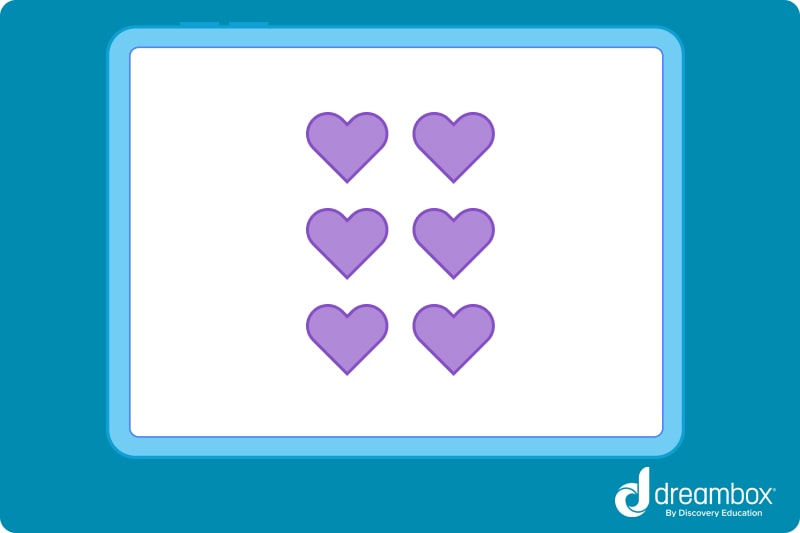
Answer:
3 rows of 2
3 x 2 = 6
Question 11: Eliza’s dog likes treats. If Eliza’s dog eats 2 treats every day, how many treats will she eat in 7 days?
A. 9
B. 16
C. 14
Answer: C
Question 12: Jordan bought 2 bags of strawberry candy. Each bag has 10 candies. How many candies does Jordan have?
A. 10
B. 12
C. 20
Answer: C
Question 13: Connor bought 2 packages of golf balls. Each package has 4 golf balls. How many golf balls did Connor buy?
A. 3
B. 7
C. 8
Answer: C
Question 14: A tree frog has two eyes on each side of its head. If there are 3 tree frogs sitting on a branch, how many eyes are there in total?
A. 5
B. 6
C. 4
Answer: B
Question 15: Izzy’s book bin has 2 shelves. There are 9 books on each shelf. How many books are in Izzy’s book bin?
A. 18
B. 17
C. 9
Answer: A
Question 16: What are the next numbers in the sequence?
2, 4, 6, 8, 10, ____, ____
A. 14, 16
B. 12, 18
C. 12, 14
Answer: C
Question 17: What are the next numbers in the sequence?
2, 4, ____,8,_____
A. 5, 9
B. 6, 10
C. 13, 16
Answer: B
Question 18: What are the next numbers in the sequence?
10, 12, 14, 16, _____, _____
A. 20, 21
B. 17, 18
C. 18, 20
Answer: C
Extra challenge
Question 19: Dean buys 2 packs of markers. Each pack has 5 markers. Then, Dean buys 2 more markers. How many markers does he have now?
A. 12
B. 8
C. 9
Answer: A
Question 20: Kiara bakes 2 trays of chocolate chip cookies. Each tray has 7 cookies. Then, Kiara gives 4 cookies to her little sister. How many cookies does Kiara have now?
A. 18
B. 5
C. 10
Answer: C
Mastering the 2 times table creates a strong foundation for learning multiplication, but it doesn’t have to be boring! There are countless ways to help your child memorize their multiplication facts, starting with the times table for 2. Fun resources and activities like colorful visual aids, hands-on experiences, creative art, online math games, and using real-world practice problems can help your child enjoy the learning process.
Take at home math practice to the next level
Empowering parents and educators to make math practice more impactful. Plus, your kids will love it.


About the Author
Katie Wickliff
Katie holds a master’s degree in Education, has over 15 years of education experience as a primary classroom teacher, and is Orton-Gillingham certified tutor. Most importantly, Katie is the mother of two primary school students, ages 8 and 11. She is passionate about maths education and firmly believes that the right tools and support will help every student reach their full potential.